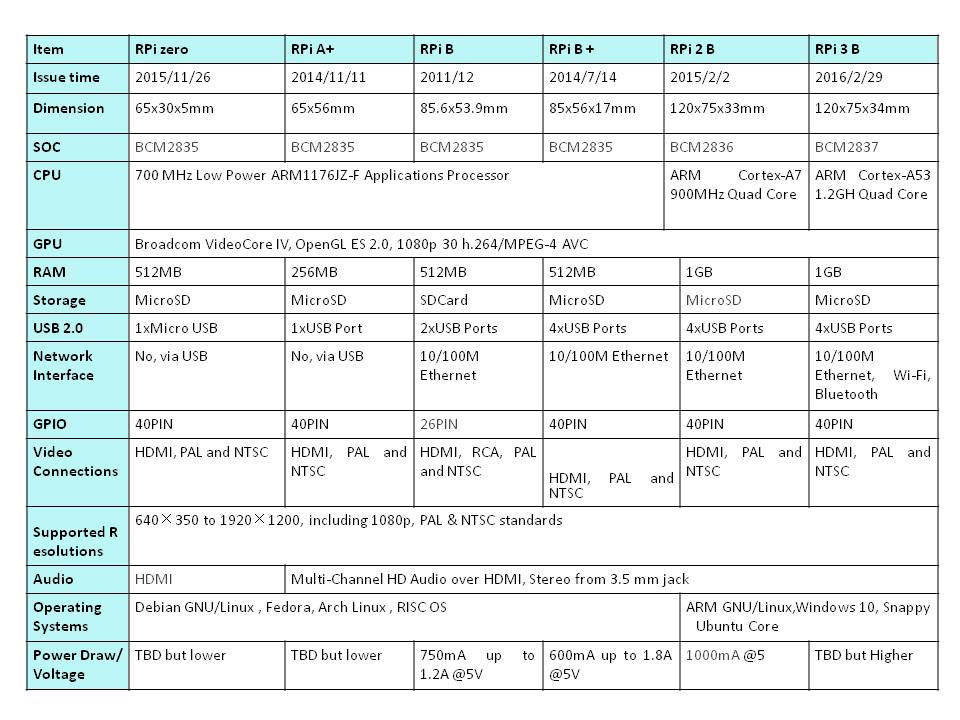Differences between Raspberry Pi B, B+, A+, 2B, 3B
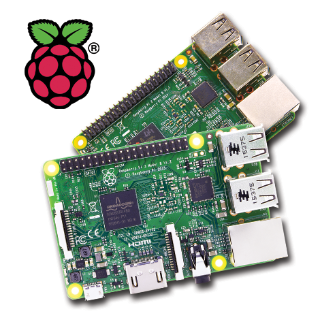
In March 2012, the world’s first card-type Linux microcomputer was launched by Raspberry Pi foundation. Although it’s as small as a credit card in size, it can absolutely work as good as a PC, surfing the Internet, playing 1080P movie and games, editing texts and what’s more, program development are not a big deal for Raspberry Pi. If you are an electronic hobbyist or DIY maker, Raspberry Pi is perfect and the first choice. With some programming knowledge, you can get started with it straight away. In this article, I’m gonna give introductions about each version of Raspberry Pi and their differences, so you can make a right purchase according to your own needs. First Generation of Raspberry Pi The first generation of Raspberry Pi includes 4 versions: A, A+, B, B+, Version A is a simplified version of version B, but in fact, RPi A was not issued in the market, the raspberry pi B was issued at earliest. Raspberry Pi Model B
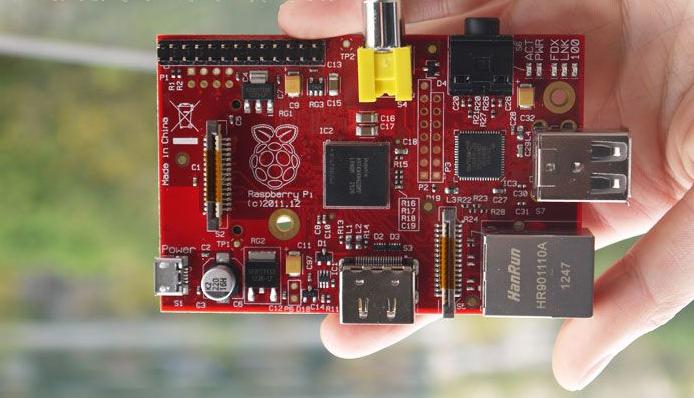
RPi B has a RAM of 512MB, two USB ports as well as a 100M Ethernet interface. More specific features of RPi B are listed in the table of bottom; Raspberry Pi Model B+
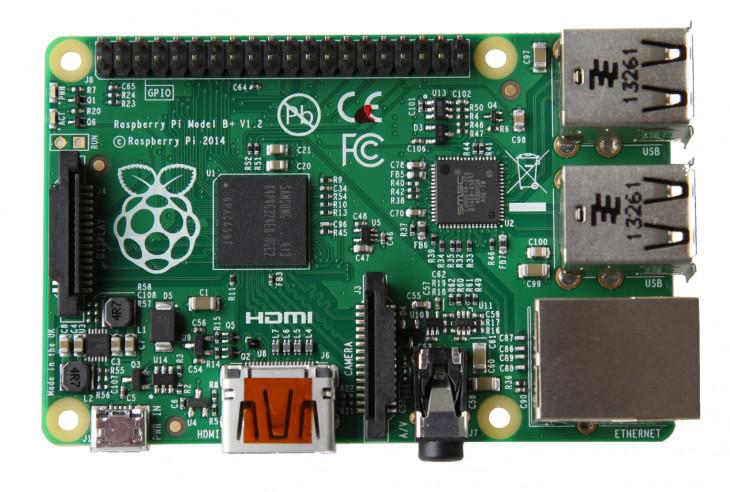 In the configuration, Raspberry Pi B+ adopts the same chip(BCM2835) and storage(512MB) with RPi Model B, but it gives lower power consumption and richer interfaces with some main improvements as follows:
In the configuration, Raspberry Pi B+ adopts the same chip(BCM2835) and storage(512MB) with RPi Model B, but it gives lower power consumption and richer interfaces with some main improvements as follows:
- More GPIO (40 pins)
- More USB ports (4 Ports), and improved the hot pluggable capability and overcurrent protection
- Micro SD instead of SD
- Audio frequency optimization, audio circuit adopts dedicated low - noise power supply
- More concise appearance
Raspberry Pi Model A+ 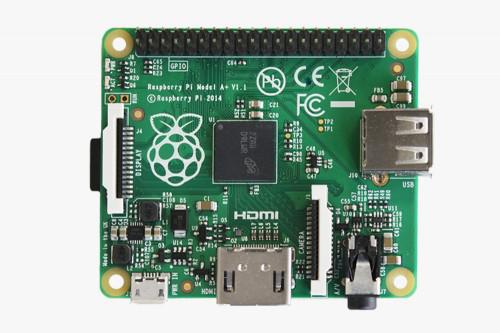
Comparing to Raspberry Model A, it has:
- More expansion interfaces
- Micro SD
- Better in audio quality
- Smaller size
It features:
- 4 channel stereo output and composite video ports
- CSI port for Raspberry Pi Camera
- DSI port for Raspberry Pi Touch display
- Fully compatible HAT
- Full-sized HDMI port
Raspberry Pi 2 Model B 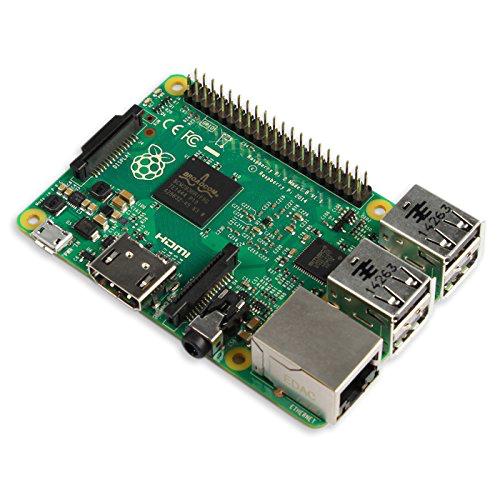
RPi 2B as the second generation of Raspberry Pi, it’s fully compatible with the first generation, but has greatly upgraded in CPU, RAM and number of USB ports, so it’s able to operate Ubuntu and Windows 10. Raspberry Pi Model Zero
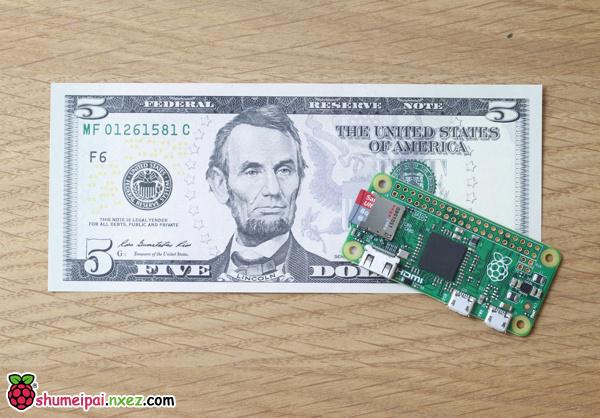
With the smallest body in the history of Raspberry Pi, Raspberry Pi Zero is able to operate Raspbian and any other application you like. To get started with Raspberry Pi Zero, you will need some other accessories to work with: 40Pin pin header, OTG cable and mini-hdmi To HDMI adapter. Raspberry Pi 3 Model B
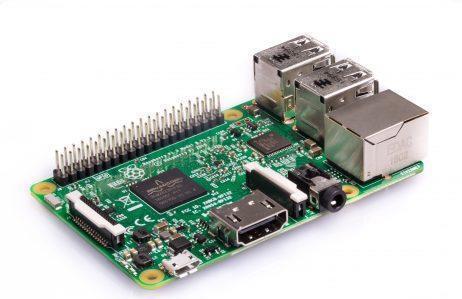
The Raspberry Pi 3 has integrated 802.11 b/g/n wireless LAN, Bluetooth Classical and LE, which means it requires no additional peripherals to make it wireless. It is 10x the performance of Raspberry Pi 1. Furthermore, it’s fully compatible with Raspberry Pi 2, meaning that almost all the Raspberry Pi 2 accessories like the Arcylic case can work with Raspberry Pi 3.
Comparison of Raspberry Pi Model Zero, A+, B, B+, 2B and 3B
